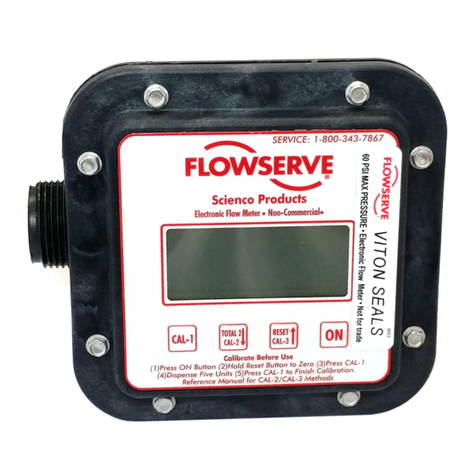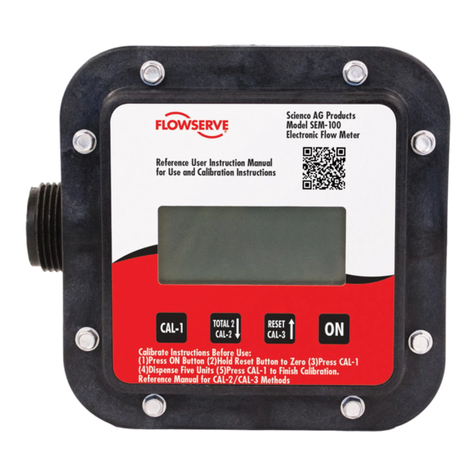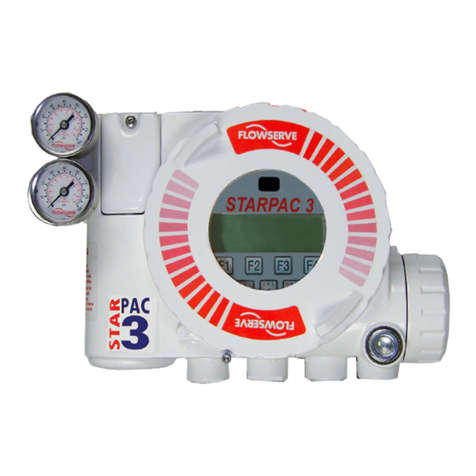
IPS Detect
Page 2 of 35
OIM_FLS_IPS Detect_EN_14
Subject to technical changes! FLOWSERVE
Content
1 Safety instructions ..................................................................................................... 3
2 Prescribed Operation of IPS Detect .......................................................................... 4
2.1 Product code ......................................................................................................... 5
3 Mounting the IPS Detect ............................................................................................ 6
3.1 Mounting details .................................................................................................... 6
4 Electrical connection ................................................................................................. 7
4.1 Wiring in the housing ............................................................................................. 7
4.2 Electrical connection check ................................................................................... 9
5 Operation IPS Detect ................................................................................................ 10
5.1 Configuration ....................................................................................................... 10
5.1.1 Configuration vibration velocity ........................................................................ 12
5.2 Calibration condition monitoring .......................................................................... 13
5.2.1 Calibration condition monitoring with push button ........................................... 14
5.2.2 Calibration with IPS Vibrosoft software ............................................................ 17
5.3 Monitoring operation ........................................................................................... 19
5.3.1 Vibration velocity .............................................................................................. 19
5.3.2 Condition monitoring ........................................................................................ 19
6 Trouble-shooting ...................................................................................................... 20
7 Maintenance and repair ........................................................................................... 21
7.1 Cleaning .............................................................................................................. 21
7.2 Repair .................................................................................................................. 21
7.3 Exchange ............................................................................................................ 21
7.4 Software history .................................................................................................. 21
8 Technical data .......................................................................................................... 22
9 Certification and approvals ..................................................................................... 24
9.1 CE-mark, Declaration of conformity .................................................................... 24
9.2 EU Type Examination Certificate ........................................................................ 27
9.3 Certification of Conformity ................................................................................... 29
10 Accessories .............................................................................................................. 33
10.1 Cooling element .................................................................................................. 33
10.2 Software .............................................................................................................. 34
10.2.1 IPS Vibrosoft software ................................................................................. 34
10.2.2 EDD for Siemens and Emerson ................................................................... 34
10.2.3 DTM for FDT frame applications .................................................................. 34
10.3 IPS DataUSB ..................................................................................................... 35






























